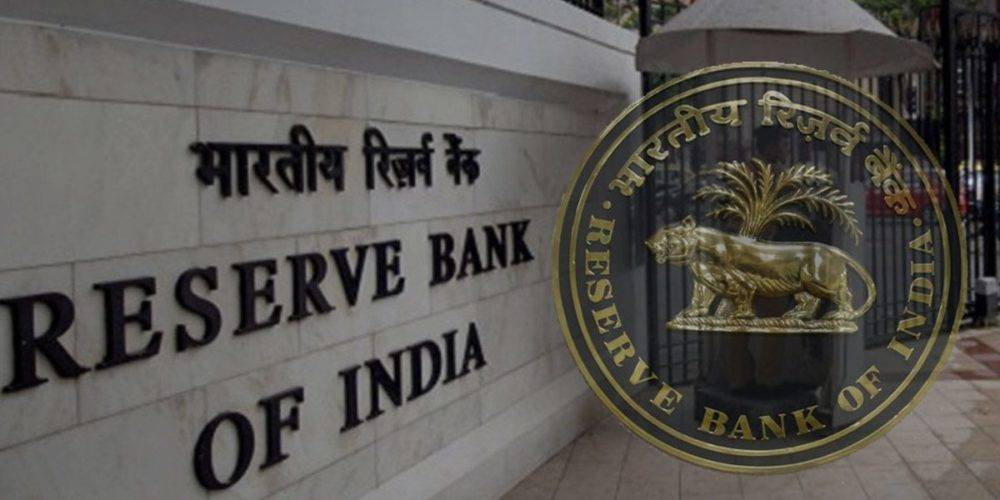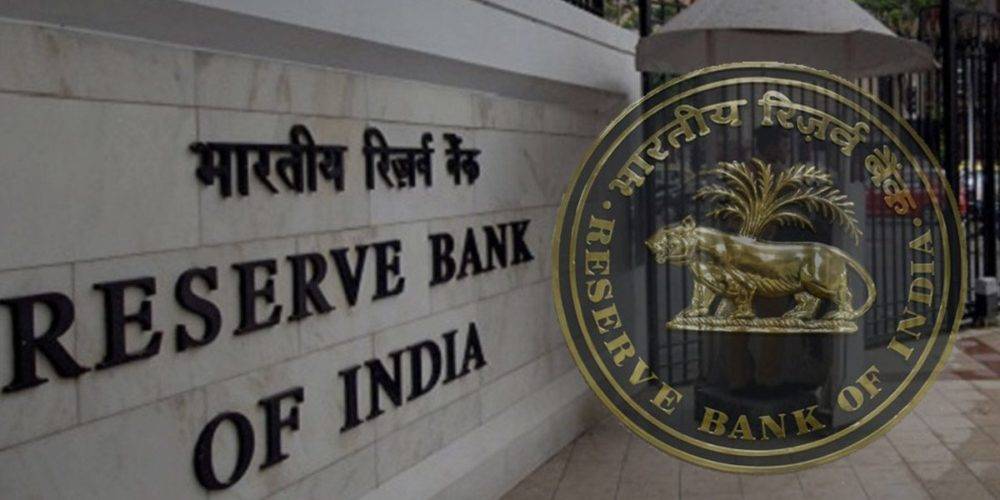Liquidity management refers to the measures taken by the central bank to regulate the availability of funds in the financial system. It involves balancing surplus liquidity and shortages to maintain price stability and economic growth. The RBI employs various tools such as the Liquidity Adjustment Facility (LAF), Open Market Operations (OMOs), and Cash Reserve Ratio (CRR) to manage liquidity.

The Reserve Bank of India (RBI) plays a crucial role in managing liquidity in the financial system to ensure economic stability and growth. However, its recent liquidity management strategy of considering reintroducing a fixed daily funding scheme for banks to manage liquidity more effectively in response to significant fluctuations in the banking system’s liquidity, influenced by the RBI’s forex interventions and unpredictable government spending patterns. Refining the liquidity management framework, potentially impacts interest rates and economic growth. It raises concerns about their broader economic impact—particularly on the valuation of key financial institutions like the Life Insurance Corporation of India (LIC).
Between December and March, the RBI injected approximately ₹6.2 trillion into the banking system through measures such as cash reserve ratio cuts, forex swaps, and open market bond purchases.Unpredictable government expenditures influence liquidity in the banking system, sometimes leading to shortages or excess liquidity. The demand for loans has been slowing, with February 2025 recording the eighth consecutive month of declining loan growth. Loan growth stood at 12% YoY, significantly lower than 16.6% the previous year.
The Fixed Daily Funding Scheme is a proposed liquidity mechanism in which the RBI provides a predetermined amount of liquidity to banks on a daily basis. This ensures a stable and predictable supply of funds, helping banks manage short-term liquidity mismatches. However, critics argue that this approach may not effectively address structural liquidity shortages and could lead to increased volatility in financial markets.
For instance, if the RBI sets a daily funding limit of ₹50,000 crore, banks can access this amount irrespective of fluctuations in actual liquidity demand. This could lead to inefficient fund allocation, as banks might borrow even when liquidity is sufficient, potentially increasing systemic risks.
The alternative to this scheme is the Variable Rate Reverse Repo (VRRR) mechanism, which the RBI has been using to absorb excess liquidity. Under the VRRR framework, banks place surplus funds with the RBI at a variable interest rate determined through auction. This system allows the central bank to adjust liquidity absorption dynamically based on market conditions, offering greater flexibility compared to a fixed daily funding scheme.
Impact on LIC Valuation and Market Implications
As India’s largest institutional investor, LIC has extensive exposure to both equity and bond markets, making it highly sensitive to RBI’s liquidity actions. Any sudden change in liquidity policies can lead to sharp movements in bond yields, directly affecting LIC’s investment returns and overall valuation. Additionally, stock market fluctuations driven by liquidity tightening or easing can impact LIC’s stock price and net asset value. A rise in interest rates, resulting from stringent liquidity controls, may also reduce the attractiveness of LIC’s insurance products by lowering guaranteed returns. Moreover, changes in banking liquidity and lending rates can influence LIC’s long-term investments in the financial sector, shaping its financial health and strategic decisions.
Concerns Regarding RBI’s Fixed Daily Funding Scheme
While the fixed daily funding scheme may provide short-term relief to banks, it does not necessarily address the underlying structural liquidity issues in the economy. This approach could lead to increased volatility in bond markets, impacting institutional investors like LIC, whose valuation is closely linked to interest rate movements. Furthermore, frequent shifts in RBI’s policy create uncertainty for large financial institutions, making them more cautious in their investment strategies, potentially limiting market growth and financial stability.




Nice article!